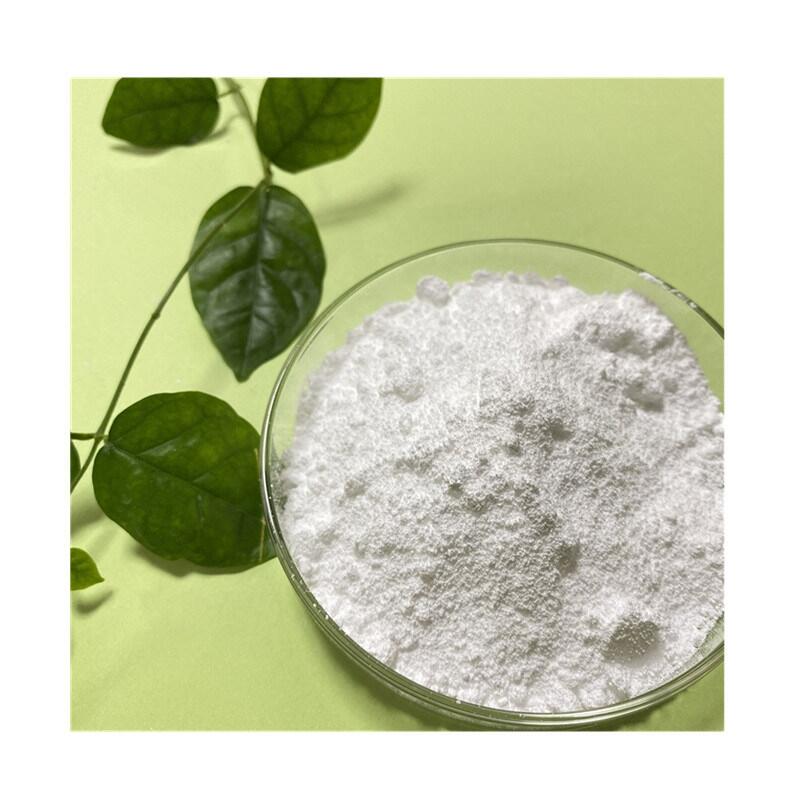-
Categories
-
Pharmaceutical Intermediates
-
Active Pharmaceutical Ingredients
-
Food Additives
- Industrial Coatings
- Agrochemicals
- Dyes and Pigments
- Surfactant
- Flavors and Fragrances
- Chemical Reagents
- Catalyst and Auxiliary
- Natural Products
- Inorganic Chemistry
-
Organic Chemistry
-
Biochemical Engineering
- Analytical Chemistry
-
Cosmetic Ingredient
- Water Treatment Chemical
-
Pharmaceutical Intermediates
Promotion
ECHEMI Mall
Wholesale
Weekly Price
Exhibition
News
-
Trade Service
Head and neck squamous cell carcinoma (HNSCC) is the sixth most common cancer in the world, and common risk factors include smoking, alcoholism and HPV infection.
anti-EGFR (skin growth factor acceptor) therapy strategy has been approved for the treatment of HNSCC patients, however, the treatment effect is limited.
there is an urgent need to identify new biomarkers to improve the prognostics of targeted treatment patients.
the study was designed to analyze the effects and prognostic effects of associated biomarkers in PATIENTs with HPV-negative LA-HNSCC (local late-stage head and neck squamous cell carcinoma).
study collected samples of tumor tissue from 404 unthered patients and conducted a randomized Phase 3 clinical trial of cisplatin radiotherapy (CRT) and nimotuzumab in combination with cisplatin radiotherapy (NCRT) to assess the expression levels of HIF1 alpha, EGFR, and pEGFR through immunohistatization experiments, and FISH experiments verified copy changes in EGF genes.
also calculated patient progress-free lifetime (PFS), local control rate (LRC), and total lifetime (OS) using Kaplan-Meier survival analysis.
Cox regression model is used to analyze disease risk ratios.
the effect of HIF1 alpha expression levels on the total survival of patients with different treatment strategies Between the two treatment groups (CRT and NCRT) in the study team, the baseline data characteristics of patients were flat.
follow-up time was 39.13 months.
found that the low expression levels of HIF1 alpha corresponded to better PFS, LRC and OS periods.
multivariable analysis shows that HIF1 alpha is an independent negative prognosmical biomarker.
for patients with high expression levels of HIF1 alpha, NCRT therapy can significantly improve the prognosis of patients.
in patients with low expression of HIF1 alpha, there was no difference in the clinical effects of the two treatment strategies.
tests show that HIF1 alpha has predictive value for patients' OS.
, the study confirmed that the high expression level of HIF1 alpha indicates that HPV-negative LA-HNSCC patients are less effective at CRT treatment.
combined with nitojumal monotherapy strategies can significantly prognostic for patients.
.






